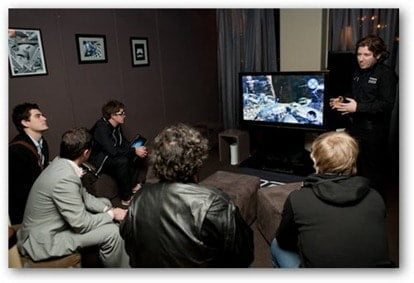
I was chosen and invited by Panasonic (through Soup) to attend an exclusive Panasonic 3D TV event a couple of days ago. It was a great opportunity to be invited to such an event since 3D TV is still new in the market. I was quite enthusiastic to find out more about it so I went to the event.
Most of us have gone to the cinema watching 3D movies, so watching something in 3D is no longer a new concept. But bringing 3D to your home? That’s quite new.
 There were about 50-ish people roughly attending the event, as part of a Soup project. At first we were given an explanation on how watching something in 3D actually works. The Panasonic tech person, Colin Harm, was given the honor to explain it to us. I could tell that he was really smart and know inside out about technology (3D, how Plasma and LCD works, etc). I learnt lots of new things in the event through him a lot.
There were about 50-ish people roughly attending the event, as part of a Soup project. At first we were given an explanation on how watching something in 3D actually works. The Panasonic tech person, Colin Harm, was given the honor to explain it to us. I could tell that he was really smart and know inside out about technology (3D, how Plasma and LCD works, etc). I learnt lots of new things in the event through him a lot.
Panasonic chose the Plasma technology rather than an LCD (or LED technology) for their 3D TV, the Panasonic VIErA 3D Neo Plasma. The reason, as explained by Colin, is because when a Plasma TV displays an image, it starts from black, then gives a value on each pixel space on the TV. When the value needs to be changed, it resets back to black and then set the value. On an LED technology (LCD or LED TV), it starts from white instead. When the TV displays an image, it sets a value on each pixel space on the TV. However, when the image needs to be changed, LED technology updates the value rather than starting from scratch like on a Plasma TV. This sounds great but when you are watching in 3D, you can actually see the update trails with your eyes, unlike in Plasma. There are more to this of course but it could take him hours to explain in detail and I’m sure he didn’t really want to go to deep that would make us fall asleep :)
As for how 3D concept works in simple terms, Colin asked us to put our finger in the air in front of our eyes and to start closing our left and right eyes in turn (do it now if you want to know more about how watching in 3D works).
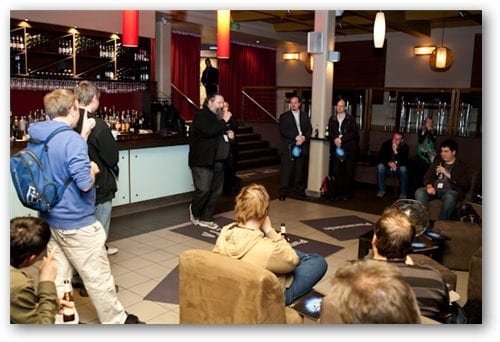
If you notice, your left eye sees your finger on a slightly different angle than the right. Now open and close your eyes in turn rapidly. You should then see your finger in “3D”, in a nutshell. This concept is made into reality with the Panasonic 3D Eyewear (TY-EW3D10) that were handed over to us to watch the TV.
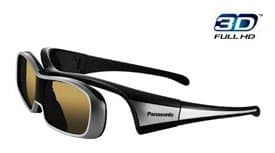
The glasses are powered by button cells (like the watch batteries) and can last up to 100 hours. There is an upcoming model that allows you to recharge the glasses, according to a staff in the event. At the moment, the glasses will be turned off automatically if they are placed in a location outside of the viewing range for 5 minutes. It can also be worn over your ordinary glasses. The glasses automatically control the shutters for both eyes to enable clear and comfortable 3D viewing.
We were then divided into 3 groups because there were 3 different sessions to check out: experience watching a 3D free-to-air TV channel (in the future) in a house set-up, playing a 3D game on an XBOX 360 (I sucked with controllers), and experiencing the Panasonic VIErA Cast system on the Neo Plasma TV.
![Panasonic 3D TV Event[4] Panasonic 3D TV Event[4]](https://www.cravingtech.com/blog/wp-content/uploads/2010/08/Panasonic3DTVEvent4.jpg)
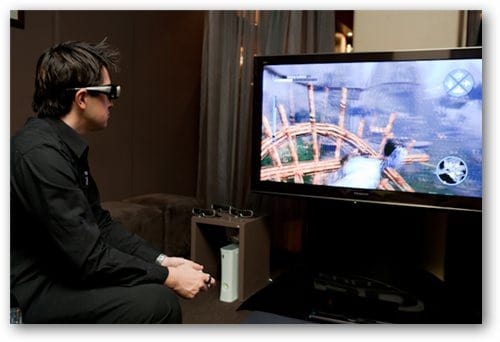
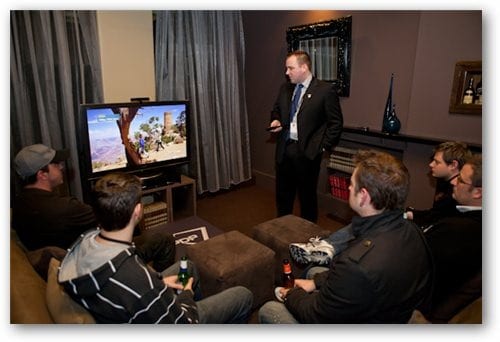
Jules O’loughlin was there too (he’s a freelance Director of Photography, specialising in 3D and HD cinematography. He’s been working with James Cameron for the upcoming 3D movie, Sanctum). We learnt how it takes 2 cameras from different angles on a rail to shoot in 3D, the difficulties in zooming close into an object with such set-up, and other neat info. There was also a consumer 3D camera (Panasonic SDT 750) being passed around so you can shoot in 3D yourself! I didn’t get a chance to hold the camera but it looks pretty sleek and compact enough to be carried around. RRP: $1,999.
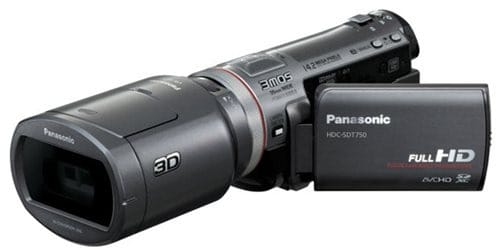
The Panasonic VIErA 3D Neo Plasma TV also has tons of features (you can turn off/on the 3D and also see the 2 camera angles side by side) and includes the Viera Cast system. Viera Cast allows you to watch YouTube, check on the weather, view photos at Flickr, and even make a Skype video call (which was demonstrated during the event). Viera Cast is easily updateable so expect more features and new stuffs being added in the future. There’s even a Twitter function in there but “typing” with the remote control seems flaky and unpleasant enough stay away from tweeting in front of the TV.
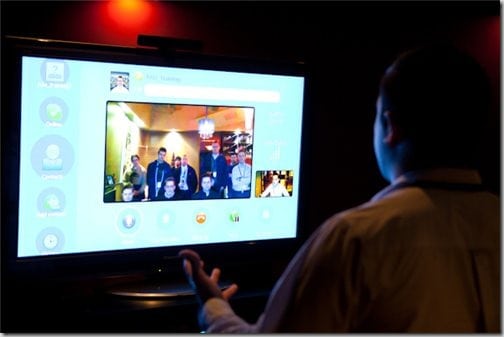
So, what now? Do you think we are ready for a 3D TV set-up at home? Until Free to Air TV channels start to broadcast in 3D (they’ve just begun to broadcast in HD), we may have to wait a bit longer. Will you be getting a 3D TV this year? :)
Thanks to Panasonic and the Soup team for the invitation and privilege! Meanwhile, make sure to check Panasonic 3D TV reviews from the other Soup members.


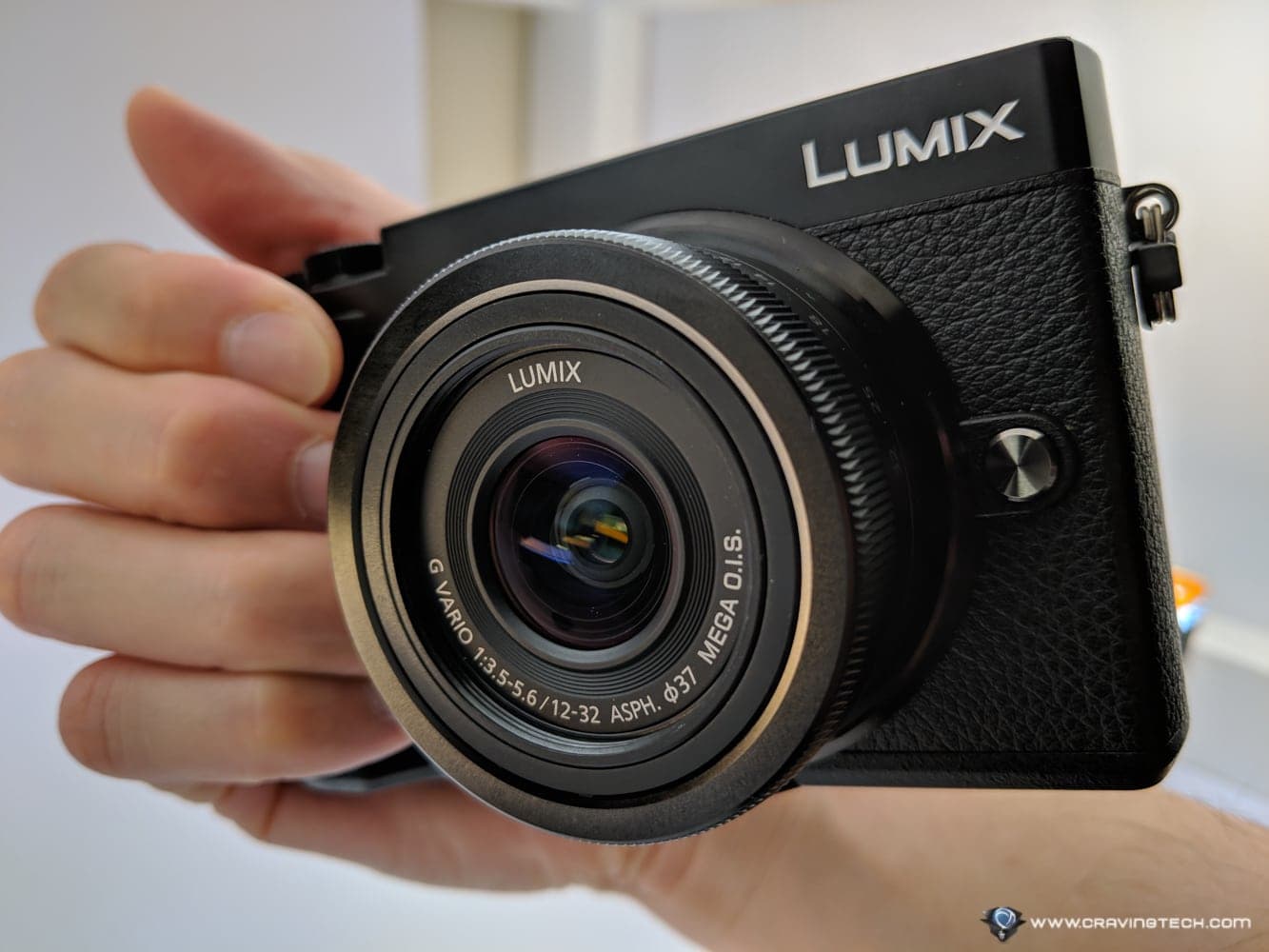
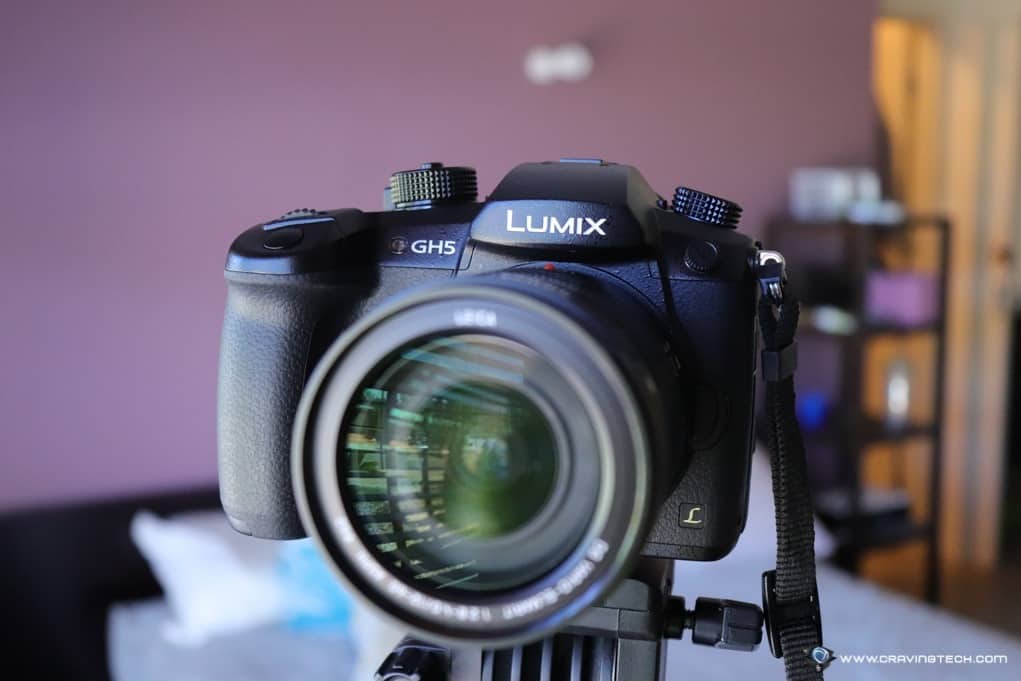
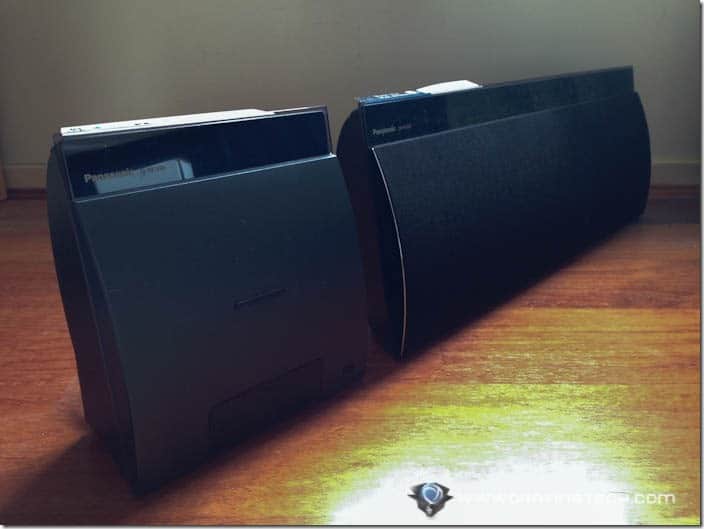


Comments are closed.